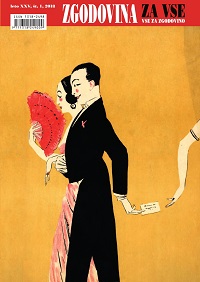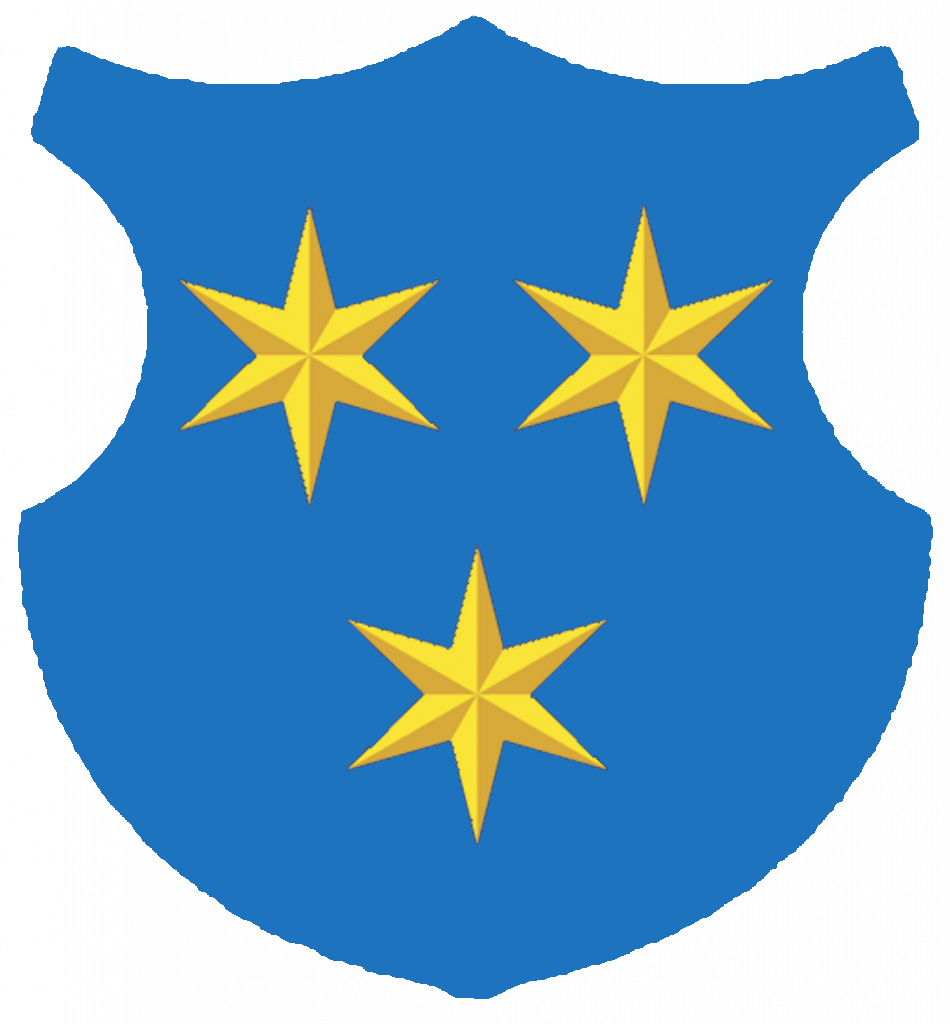| Meta REMEC
|
RAPE IN WORLD WAR I
THE MARIBOR REFUGE OF THE THEOSOFIST HILARIJ TOFAN IN THE DECADE FOLLOWING WORLD WAR I |
 |
Meta REMEC
RAPE IN WORLD WAR I
The article deals with the phenomena of rape and sexual violence in World War I. It compares the situation in the areas of Friuli-Venezia Giulia and Galicia with that in the Balkans, where women were targets of systematic violence. Rape was a part of a military strategy that aimed to demoralize the civil population because it equally affected women and the community as whole. The article is based on reports of the Swiss criminologist Rudolph Archibald Reiss, who was commissioned by the Serbian government to report on war crimes against the Serbian population and on violence against the civilian Italian population.
Jan BERNOT
WORLDLY CLERGY AND POLITICIZATION OF THE MASSES IN THE GORENjSKA COUNTRYSIDE BETWEEN THE TURN OF THE CENTURY AND WORLD WAR I
With the extension of the right to vote in the last decades of the Austro-Aungarian Monarchy, the masses became a key political force. The article examines the role of the clergy in the formation of political identities and the politicization of the masses in the deaneries of Kamnik, Kranj, Loka and Radovljica between the turn of the century and the outbreak of World War I. The focus is on the interaction between priests and rural communities.
Anže KERČ
“FUN AND LIKABILITY ARE NOT THE PURPOSE OF DANCE; ITS PURPOSE IS TO ELIMINATE BAD MANNERS AND GESTURES AND TO SMOOTH OUT GRACEFULNESS AND POLITENESS.”
Dance culture in the long century of the middle classes in the light of etiquette and fashion
Dance played a significant role for the middle classes because it offered an opportunity not only to socialize but also to strengthen self-esteem. Although 19th-century Catholic moralists spread a negative view of dance, authors of etiquette manuals recognized the role of dance events and provided more or less comprehensive advice on how to conduct oneself, and particularly on how one should not behave at such events. This did not so much concern dancing per se but rather the preparation for the dance event, behavior in proximity to the dance floor and forms of communication at such events. Another important topic was the selection of suitable apparel, which developed and changed over the course of the century in a manner similar to changes in dance itself.
Mateja RATEJ
THE MARIBOR REFUGE OF THE THEOSOFIST HILARIJ TOFAN IN THE DECADE FOLLOWING WORLD WAR I
The author presents the story of Hilarij Tofan, refugee from Chernivtsi (Bukovina), who lived in Maribor together with his wife Constanze between 1919 and 1929, teaching history and geography at the local grammar school for the first few years. The Tofans were indicted in the District Court in early 1929: Hilarij for the rape of their maidservant Cecilija Miško; and Constanze for providing home medical care and causing the death of the 15-year-old maidservant Margareta Dobaj. After settling in Maribor, Hilarij showed signs of paranoia, and the couple began healing the emotional wounds caused by the loss of their home by turning violent towards their servants. Hilarij tried to soothe the symptoms of identity shift following his arrival in Maribor by studying theosophy, which helped him overcome alienation from the new era following the Great War. The author finds that the life of the couple, who represented a mix of German, Russian, Ukrainian, Polish, Slovenian and Romanian awareness, provides a unique illustration of the disintegration of cultural imaginaries following the decline of the Austro-Hungarian and Russian empires.
Darja MIHELIČ
A WINE STORY WITH EMPHASIS ON TERAN
The article presents the origin and the course of development of the Slovenian-Croatian dispute regarding the use of the name “teran” for the wine produced in Kras and Istria. According to the author, the general audience struggles to understand the problem because the agricultural profession itself is split regarding the origin and the characteristics of refošk, teran and other types of vine and grape. The article also presents the traces of wine-growing and wine making in historical documents and codexes, as well as historiographic and scholarly works from the early Middle Ages to the 19th century on the territory between the Alps and the Adriatic sea. The emphasis falls on varietal wines, in particular teran and refošk. The name “teran” was used centuries ago for the vines and wine that were produced in Primorska, notranjska and istria. between the late 17th and 19th centuries, this term was replaced by that of the related vine variety, refošk.
